
views
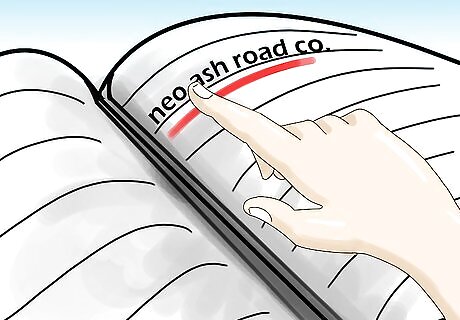
Find a contractor. It's important to feel comfortable with the person you hire. Ask your friends and family for recommendations. You want a contractor who will do a thorough job and who has the best equipment. Have discussions with potential contractors before hiring them. Study the contract to confirm everything you wish to be done is spelled out in the document. Be wary of anyone who claims that they have extra asphalt that they can put down for a discounted price. The asphalt will most likely be of poor quality and workmanship.
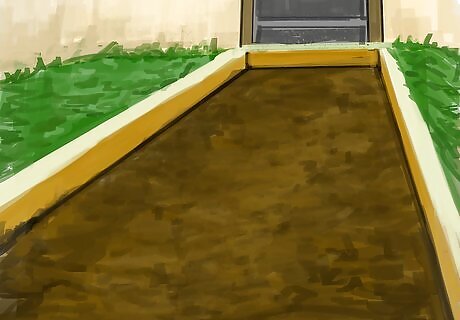
Remove your current driveway surface. This might include breaking up existing concrete and removing the pieces or collecting loose gravel. The surface needs to be completely clean and clear before continuing. There should no grease or oil stains.
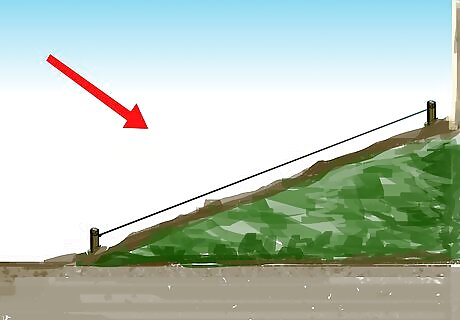
Grade your driveway slope. In order to achieve proper drainage and prevent a collapsed or heaved driveway, the surface should be graded so that water runs off to the sides or bottom.Install Asphalt Step 3Bullet1.jpg Run a hose at the top of your driveway to determine where the water runs. Keep in mind that this sub-base must be completely dry before putting in new asphalt so that the asphalt will adhere fully when installed.Install Asphalt Step 3Bullet2.jpg Build mounds and fill in low spots to achieve the proper grade. An optimal slope is 1/4 inch per foot (0.635 cm per 30.48 cm). Install Asphalt Step 3Bullet3.jpg
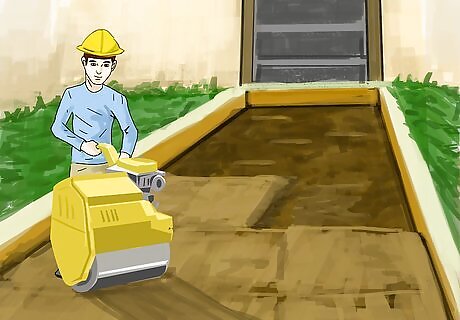
Compact the base soil. A 3,000-pound (1,361 kg) twin drum roller is the best machinery for compacting soil and other surfaces. You may be able to rent one from an equipment rental outlet. If your contractor does not use this type of equipment, it is important to make sure that the soil is properly compacted.
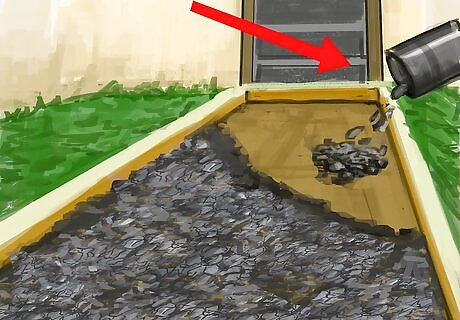
Cover the base soil with crushed rock. The type of crushed rock used is crucial to proper drainage. The composition of the rock should be coarse and jagged. This type is usually called '3/4" minus' or 'Road-base' mix.Install Asphalt Step 5Bullet1.jpg If your underlying soil is clay-based, you will need 8 inches (20.32) of crushed rock.Install Asphalt Step 5Bullet2.jpg If your underlying soil is sandy, you will need 4 inches (10.16 cm) of crushed rock.Install Asphalt Step 5Bullet3.jpg
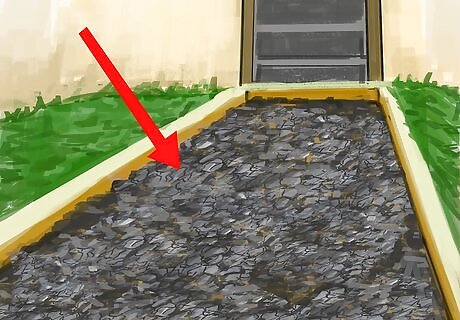
Pack the crushed rock into the subsoil.

Allow this base to settle for approximately 1 week. Many contractors will skip this step due to time. The benefit of allowing the base to settle is a stronger, more naturally settled base. If the base material is not allowed to settle properly, it will most likely fail from movement occurring under the new asphalt.

Choose an asphalt size and thickness. The size of the aggregate used to create asphalt pavement ranges from 1/2 inch to 3/4 inch (1.27 cm to 1.9 cm). Smaller aggregate is usually used for residential driveways because it gives a smoother appearance. If the aggregate is larger, however, the pavement is stronger. The best layer thickness is 2 to 3 inches (5.08 to 7.62 cm).
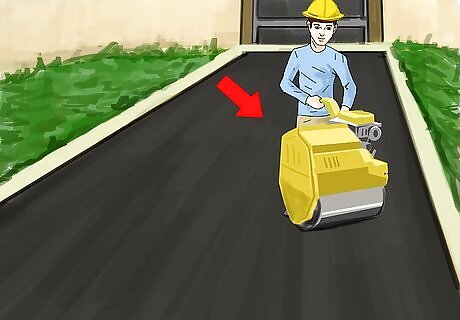
Compact the asphalt with a heavy roller.
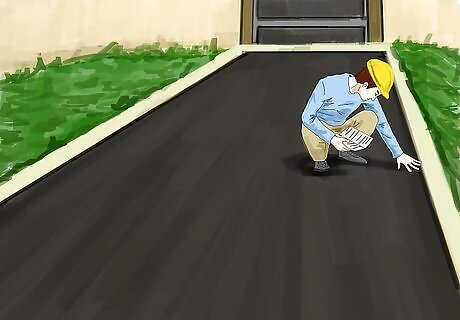
Treat the edges of the driveway. The asphalt should be formed at a 45-degree angle at the edges.Install Asphalt Step 10Bullet1.jpg




















Comments
0 comment